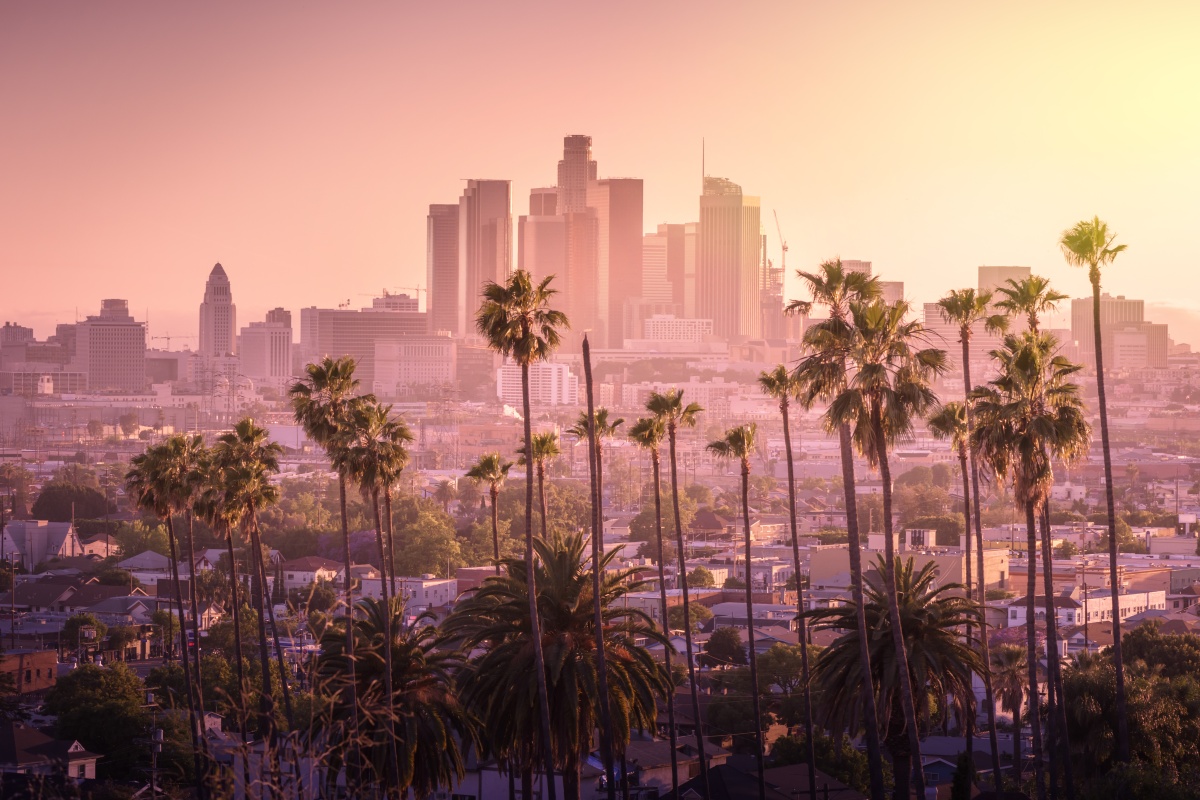
The Aesthetics of Modernity and the GDP Cargo Cult
The song for this post is Ni**s in Paris.
There’s this great question on Quora, which asks “Why do Chinese cities look so advanced while American cities don’t?”. Quora itself is now just a platform to ask leading questions that get dunked on than anything else. The question is really good though - because it reveals a common funny presumption and misconception: that the skyline is a measure of advancement. It’s a particular type of nerd who fantasizes about Blade Runner Hong Kong and believes we haven’t achieved the flying cars on Mars future yet because we name our corporations silly things.
I think it’s the same type of nerdery that gets swept up in appreciating China’s progress because of its skyscrapers. What’s measured is managed, and a skyline picture that includes a couple of skyscrapers advertises to a lot of people that you can build big thing. In China, the mega-civil-engineering project seems to be what advertises modernity. It is probably how regional heads of China tell each other that they’re doing well. I see it as some sort of game that the mayors of these places have to play with each other and their managers - all optics to get promoted.
Singapore also has to play this game of modernity, but against Hong Kong and Dubai. Here the ‘managers’ who do the evaluation are Western investors, and the executives of these city states are focused on optimizing money per square meter of office space. Skyscrapers make sense here, they’re more than just aesthetic. Additionally, many of the public utilities in Singapore are more advanced than what you’ll see in any part of the West (at least the parts I have been to). Yet the public discourse here involves statements like this one.
Singapore is a first world nation with third world citizens
Which is somewhat of a callback to Somerset Maugham’s quote about Singapore’s expat scene:
A first rate city for third rate people
Skipping the whole origin of the third world and how that’s become conflated with third-rate in common language, it’s interesting to note that this professor thinks that the average Singaporean isn’t as ‘modern’ as he believes they need to be.
What is this mythical modern mindset that this person wants? What, beyond aesthetics, is modernity actually? What is this primal beastliness that seems to come out in the way that ‘modern’ people grab for themselves?
I think it’s best to start at a lower level of organization than Nation. For most of history, the family is the most important part of your survival. If you wanted to eat, sleep and procreate in peace, you need a good relationship with your family. You play infinite games of prisoner’s dilemma within your family and represent it when you play infinite games with the outside world. Your family’s standing determines how well you can do those things. We then clumped together into larger units, tribes, which consist of many families. And clumped further and further until we had groups of now millions of beings who had all tied their fate and brand name together, playing infinite games of prisoner’s dilemma with each other.
Once we reach that really large group, aesthetics matter quite a bit more than reality. Aesthetics matter much more once you’re beyond the zone of easy trust. Especially since you have to impress the people around you but also maintain a relationship with this big invisible thing that pervades everything called the state. The state too, can mostly only measure you on quantitative factors. This is maybe what modernity really is about - just aesthetics. Cities in China have to signal their modern aesthetic to impress higher ups in the state and their constituents. Companies have to signal their cool aesthetic to the public. Real betterment of the human condition and human experience? A happy occasional side effect to all of this.
That is a very cynical take, and not what I actually believe. To me, modernity is about large, concerted mutual aid networks, sometimes hierarchical and enabled by the state and sometimes spontaneous and emergent from civic society. A truly modern society needs both - government vaccination and education programs - as well as a civic culture that questions norms of being and explores the human condition. It isn’t my place to criticize China or Singapore, and it does me no favors to do so. But I think they both nailed the state aspect of it, and the civic culture leaves a lot to be desired. Meanwhile, India has done OK at both, but nothing close to ideal:
India has a bootstrapped and silent success story in public disaster management - HIV/AIDS. This article dives into it in much more detail. The summary is that India’s organized sex workers were able to enforce condom use and prevent the spread of HIV/AIDS. The book based on this remarkable bottom-up effort is rightly called A Stranger Truth.
This was not a success of capacity-building, especially not on the side of the state, but it was a success of community organizing. These examples are fascinating as they stand in contrast to China’s approach to tackling the HIV/AIDS epidemic which was exacerbated by some unique phenomena.
So who is ‘more modern’? I don’t really know. But maybe we need to get some good goalposts down that aren’t just Instagram-y.